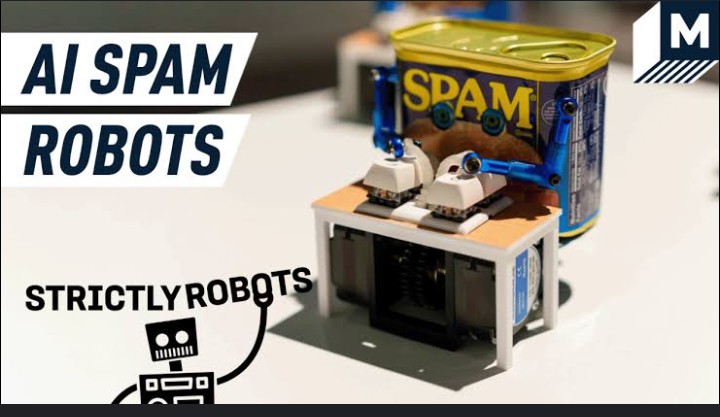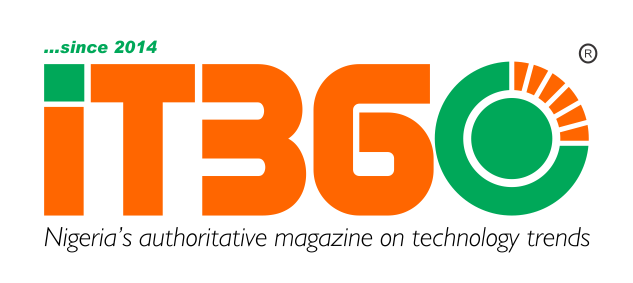Keeping up with an industry as fast-moving as AI is a tall order. So until an AI can do it for you, here’s a handy roundup of recent stories in the world of machine learning, along with notable research and experiments we didn’t cover on their own.This week, SpeedyBrand, a company using generative AI to create SEO-optimized content, emerged from stealth with backing from Y Combinator. It hasn’t attracted a lot of funding yet ($2.5 million), and its customer base is relatively small (about 50 brands). But it got me thinking about how generative AI is beginning to change the makeup of the web.
As The Verge’s James Vincent wrote in a recent piece, generative AI models are making it cheaper and easier to generate lower-quality content. Newsguard, a company that provides tools for vetting news sources, has exposed hundreds of ad-supported sites with generic-sounding names featuring misinformation created with generative AI. It’s causing a problem for advertisers. Many of the sites spotlighted by Newsguard seem exclusively built to abuse programmatic advertising, or the automated systems for putting ads on pages. In its report, Newsguard found close to 400 instances of ads from 141 major brands that appeared on 55 of the junk news sites.It’s not just advertisers who should be worried. As Gizmodo’s Kyle Barr points out, it might just take one AI-generated article to drive mountains of engagement. And even if every AI-generated article only generates a few dollars, that’s less than the cost of generating the text in the first place — and potential advertising money not being sent to legitimate sites.

So what’s the solution? Is there one? It’s a pair of questions that’s increasingly keeping me up at night. Barr suggests it’s incumbent on search engines and ad platforms to exercise a tighter grip and punish the bad actors embracing generative AI. But given how fast the field is moving — and the infinitely scalable nature of generative AI — I’m not convinced that they can keep up.Of course, spammy content isn’t a new phenomenon, and there’s been waves before. The web has adapted. What’s different this time is that the barrier to entry is dramatically low — both in terms of the cost and time that has to be invested.Implying that if the web is eventually overrun with AI junk, it could spur the development of better-funded platforms. I’m not so sure. What’s not in doubt, though, is that we’re at an inflection point, and that the decisions made now around generative AI and its outputs will impact the function of the web for some time to come.

